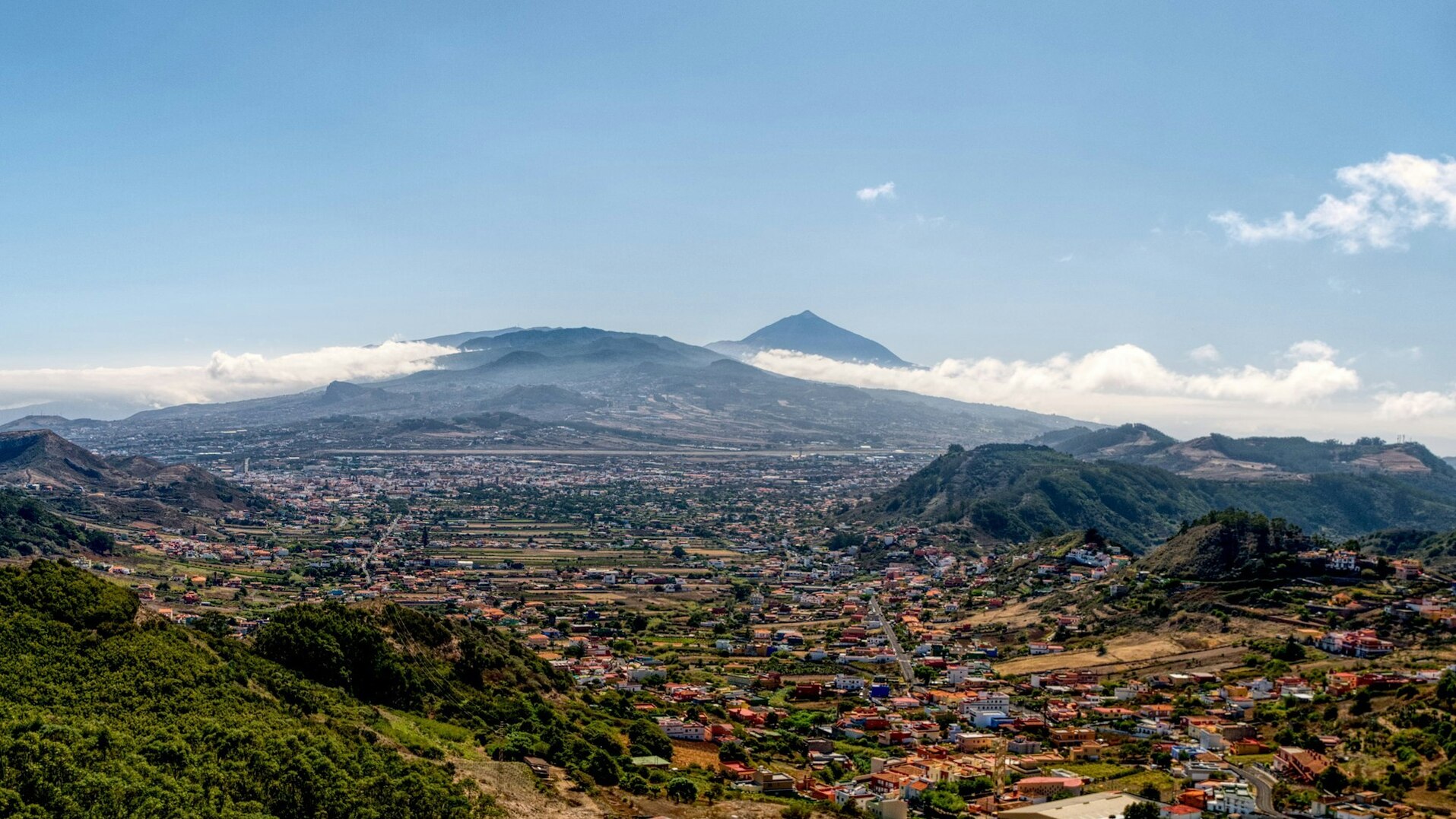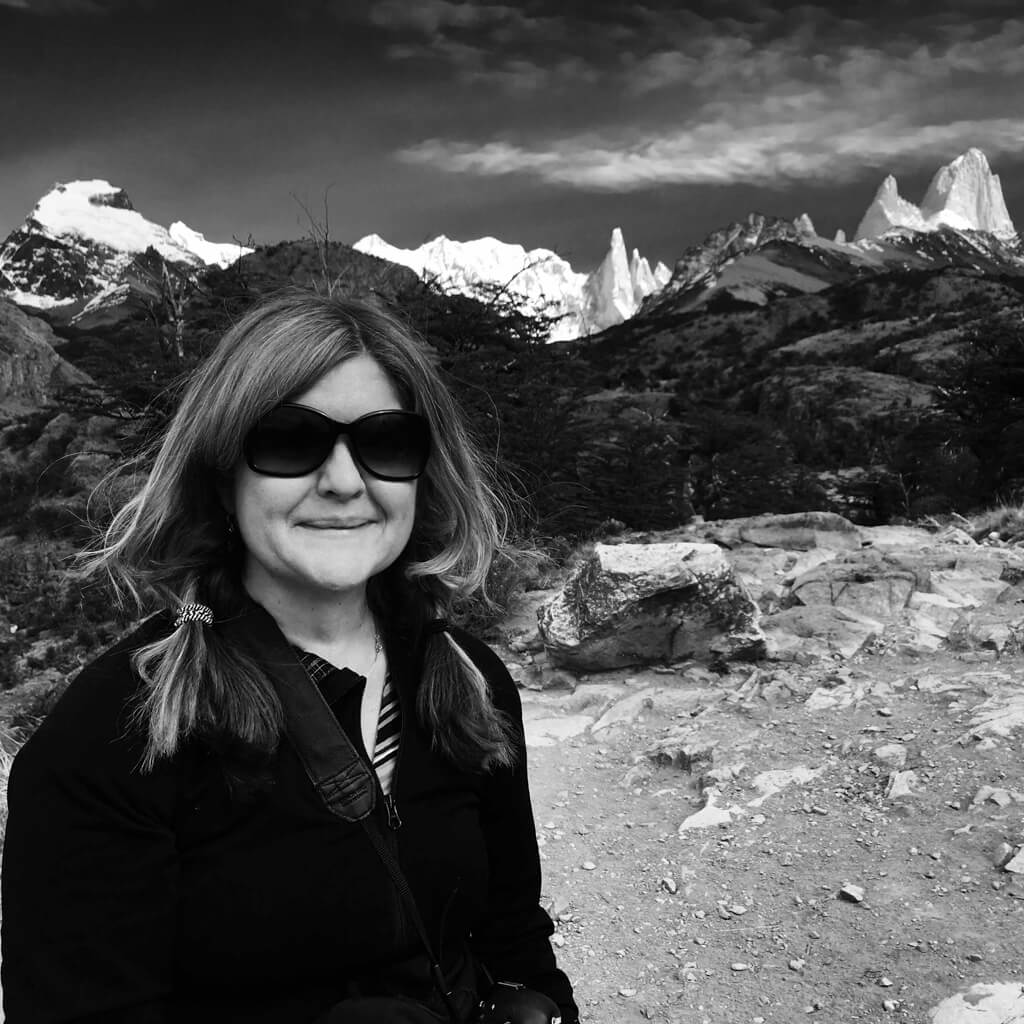
It’s happening: Many of the world’s glaciers are no longer just melting. They have melted. And Venezuela’s last glacier has just been ‘downgraded’ to an ice field.


It’s happening: Many of the world’s glaciers are no longer just melting. They have melted. And Venezuela’s last glacier has just been ‘downgraded’ to an ice field.
In May, scientists found that Venezuela’s last glacier, the Humboldt Glacier, or La Corona, had melted much faster than expected. As a result, it has been downgraded from a glacier to a mere ice field.
“The loss of La Corona marks the loss of much more than the ice itself,” Caroline Clason, a glaciologist and assistant professor at Durham University, told The Guardian. “It also marks the loss of the many ecosystem services that glaciers provide, from unique microbial habitats to environments of significant cultural value.
Of course, the loss is also a blow to hikers and winter sports enthusiasts who have long been fearing the onset of death knells for skiing. While Venezuela has been largely out of commission for tourism up until recently, glaciers facilitate hugely profitable tourist attractions worldwide, both for sightseeing and for adventure sports.
In response to the glacier’s loss, the Venezuelan government has covered La Corona’s remaining bits with a polypropylene thermal blanket, though it’s likely to be too little, too late. Venezuelan environmentalists, mountaineers, and residents of Mérida have petitioned against the thermal cover. They’re concerned that it’s both useless and presents a risk of microplastic contamination, according to Spanish newspaper, El Pais.

People have been insulating glaciers since at least the 1940s, when residents near the Aletsch glacier in Switzerland started covering an ice cave with sawdust to protect it from the sun. However, one glaciologist told Scientific American last year that snow blankets can reduce ice melt by about 70 percent, but that it simply isn’t a practical—or feasible—way to protect them. It would cost about USD$1.52 billion per year to protect the largest 1,000 glaciers in Switzerland alone.
It can be a useful measure for lucrative resorts to protect their winter seasons, but geotextiles were “never intended as a way to save the glaciers,” said Matthias Huss, a glaciologist at the University of Fribourg.
“As a glaciologist, this is a poignant reminder of why we do the job and what is at stake for these environments and for society.”
- Caroline Clason, glaciologist and professor, Durham University
All of Venezuela’s other glaciers had disappeared by 2011, leaving only La Corona, also known as the Humboldt Glacier. Previously, it had been projected to survive for at least another decade, but scientists have been unable to monitor it in recent years due to political strife, The Guardian reported. When La Corona’s demotion was announced, it was widely reported that Venezuela was the first country to reach this grim milestone in modern history, as other countries lost the last of their glaciers centuries ago.
Slovenia, however, may have already lost its last glacier a few decades ago, according to E&E News. “The two glacial remnants have not moved, [and] there were no glacial crevasses observed in the last few decades—these characteristics define real glaciers,” Miha Pavšek, who leads ice measurements at Slovenia’s Triglav mountain and Skuta peak with the Anton Melik Geographical Institute, told E&E News.
Indonesia and Mexico may be the most at risk for losing their remaining glaciers, Maximiliano Herrera, a climatologist and weather historian, told The Guardian. But glaciers everywhere are in trouble. Switzerland has lost at least 60 percent of its glacial volume since 1850, Scientific American reported, and Austria may be ice-free within 40 to 45 years, according to predictions from the Austrian Alpine Club. Even Everest Base Camp is at risk.
“That Venezuela has now lost all its glaciers really symbolizes the changes we can expect to see across our global cryosphere under continued climate change,” Clason told The Guardian. “As a glaciologist, this is a poignant reminder of why we do the job and what is at stake for these environments and for society.”
***
Adventure.com strives to be a low-emissions travel publication. We are powered by, but editorially independent of, Intrepid Travel, the world’s largest travel B Corp, who help ensure Adventure.com maintains high standards of sustainability in our work and activities. You can visit our sustainability page or read our Contributor Impact Guidelines for more information.

Kassondra Cloos is a travel journalist from Rhode Island now living in London. Her work focuses on slow travel, urban outdoor spaces and human-powered adventure. She has written about kayaking across Scotland, dog sledding in Sweden and road tripping around Mexico. Her latest work appears in The Guardian, Backpacker and Outside, and she is currently section-hiking the 2,795-mile England Coast Path.






Can't find what you're looking for? Try using these tags: